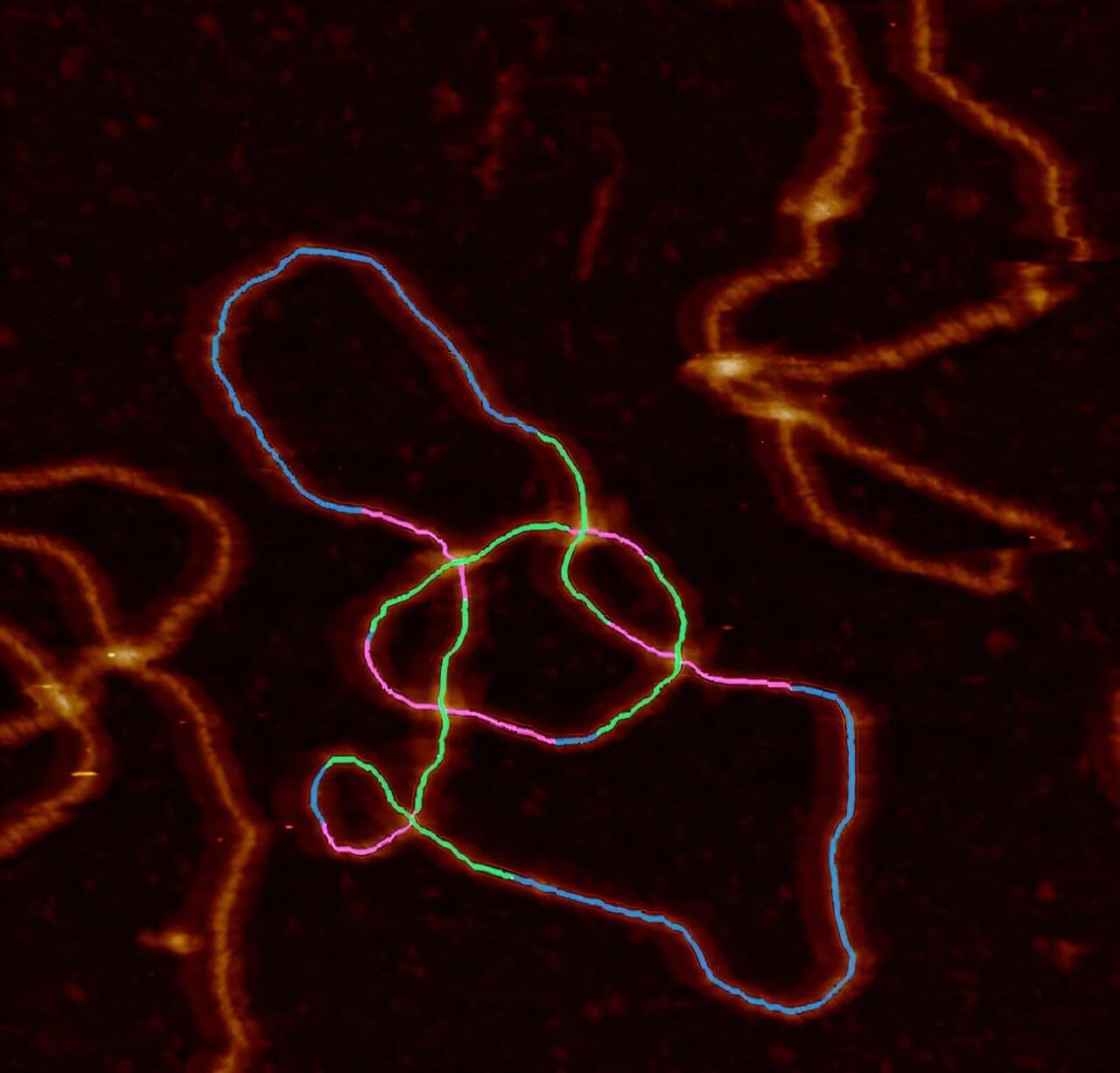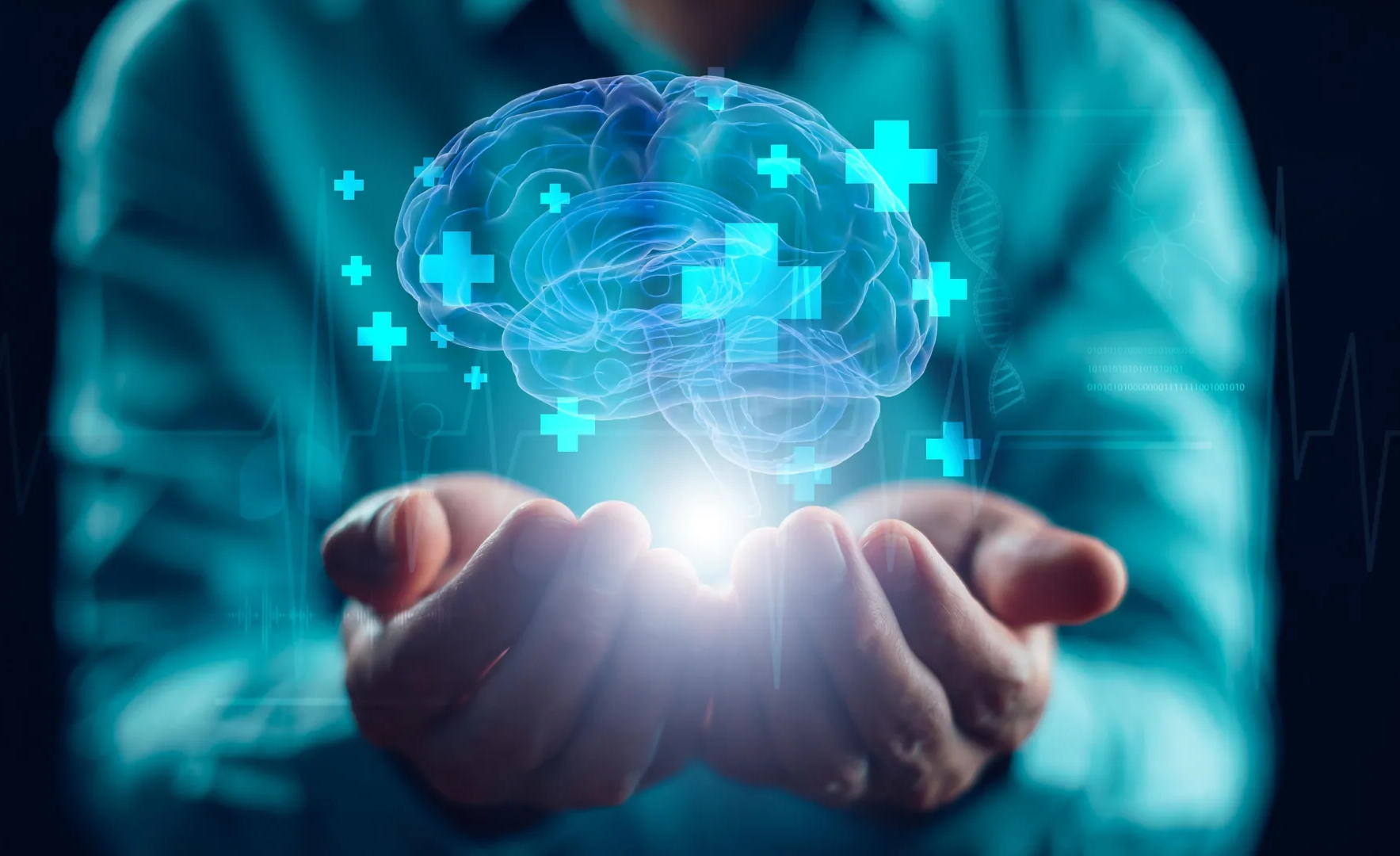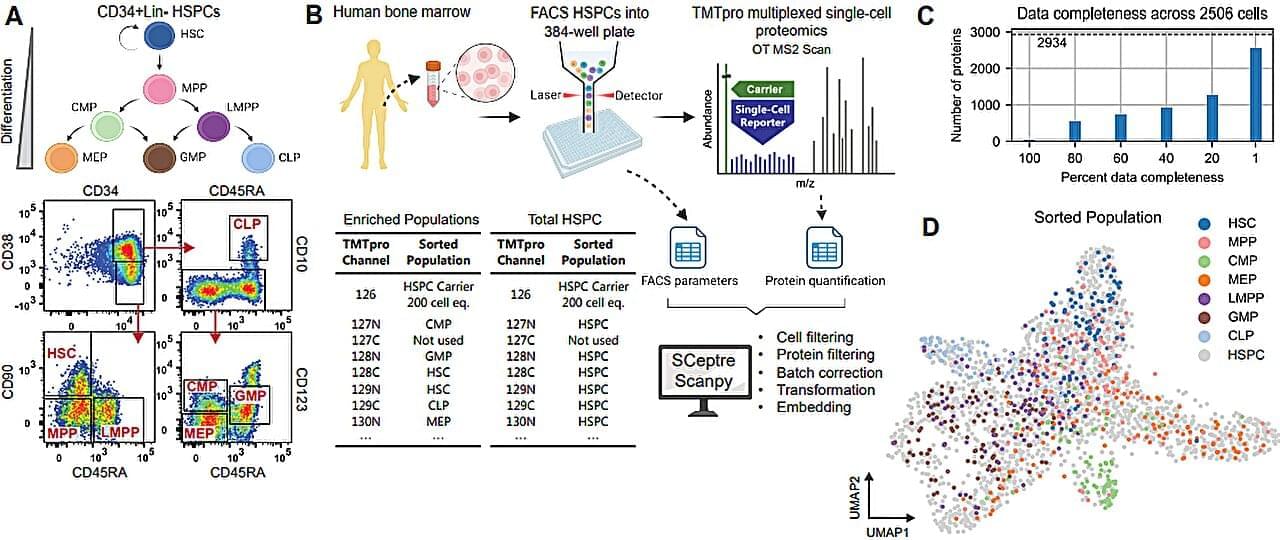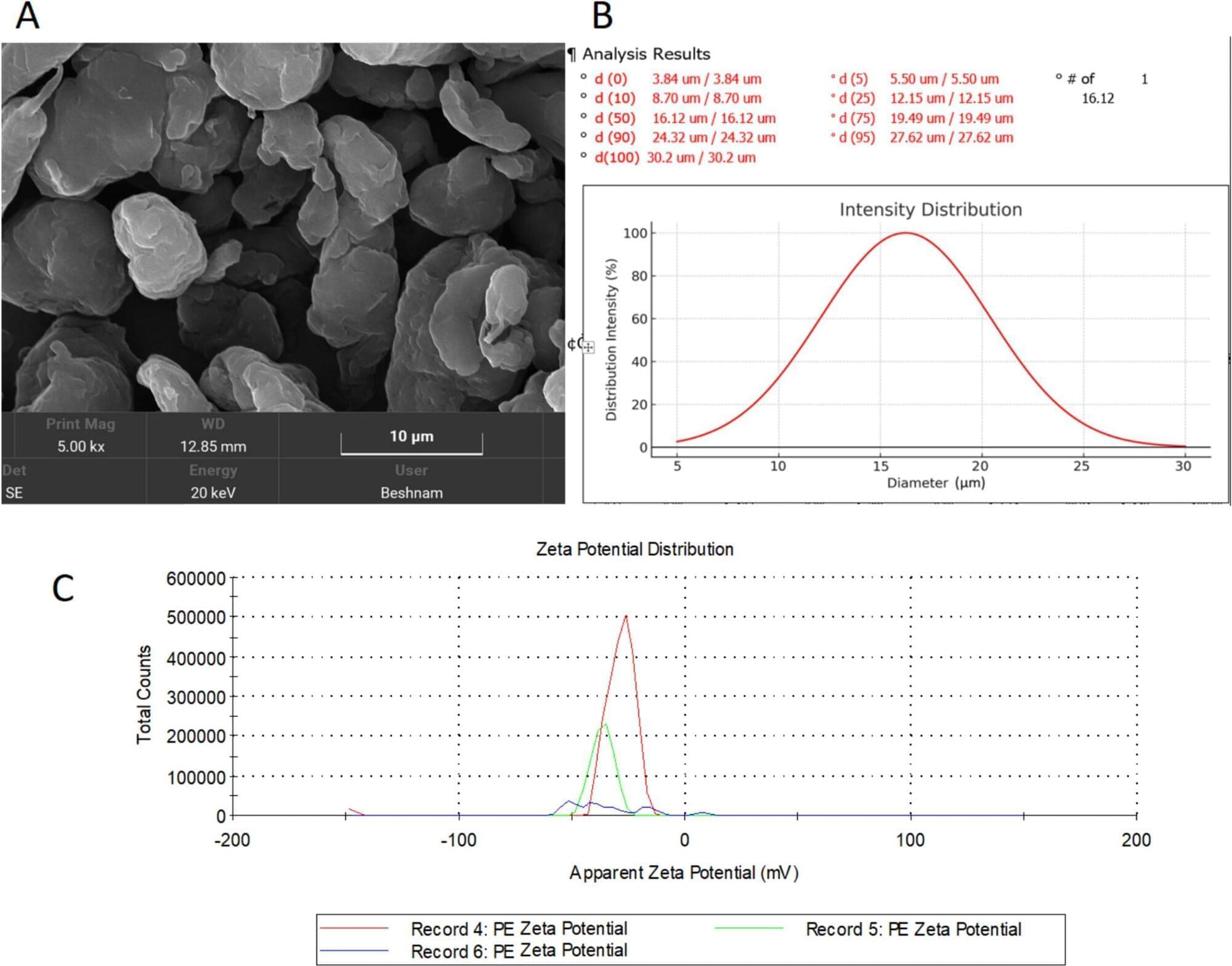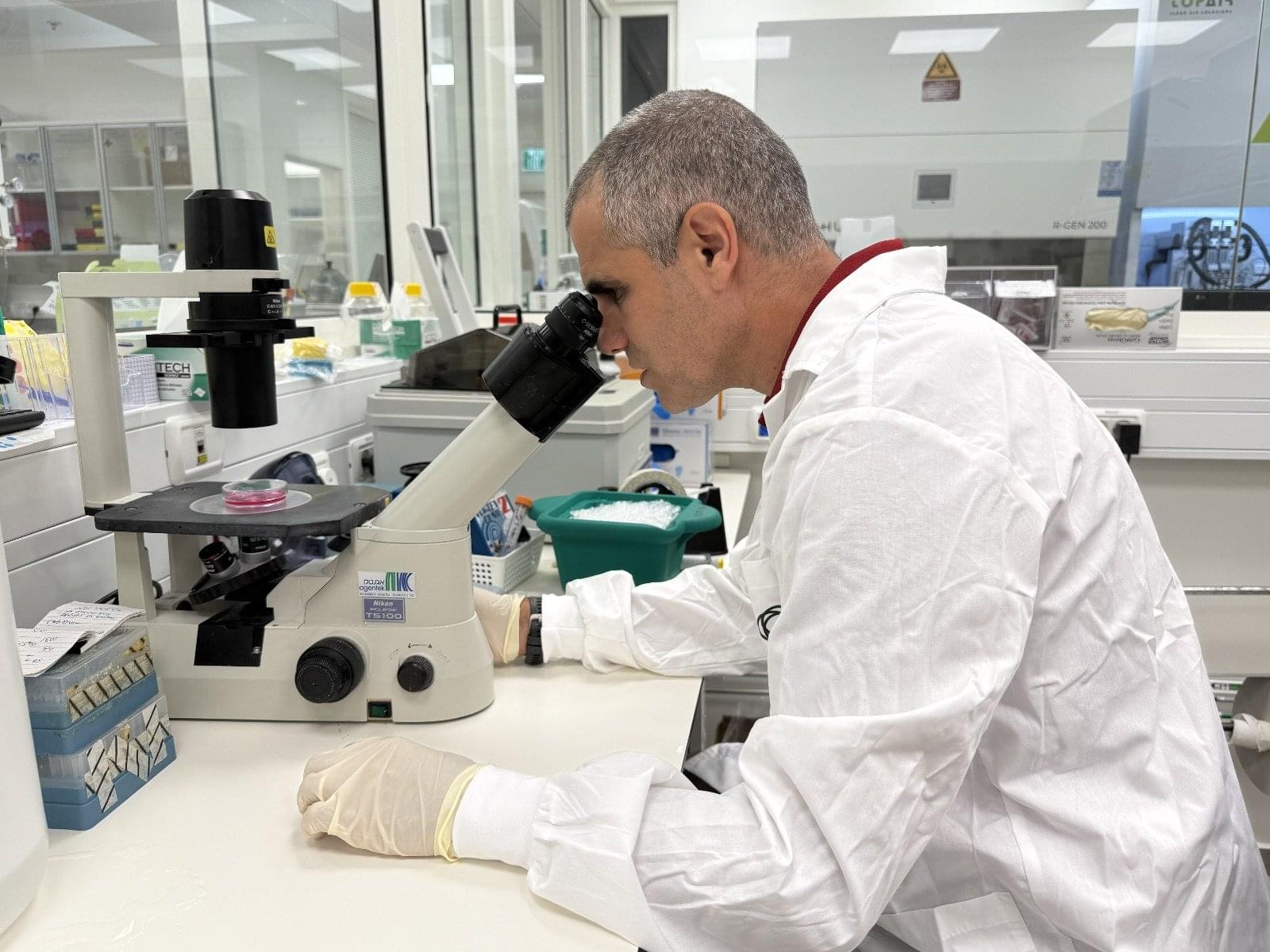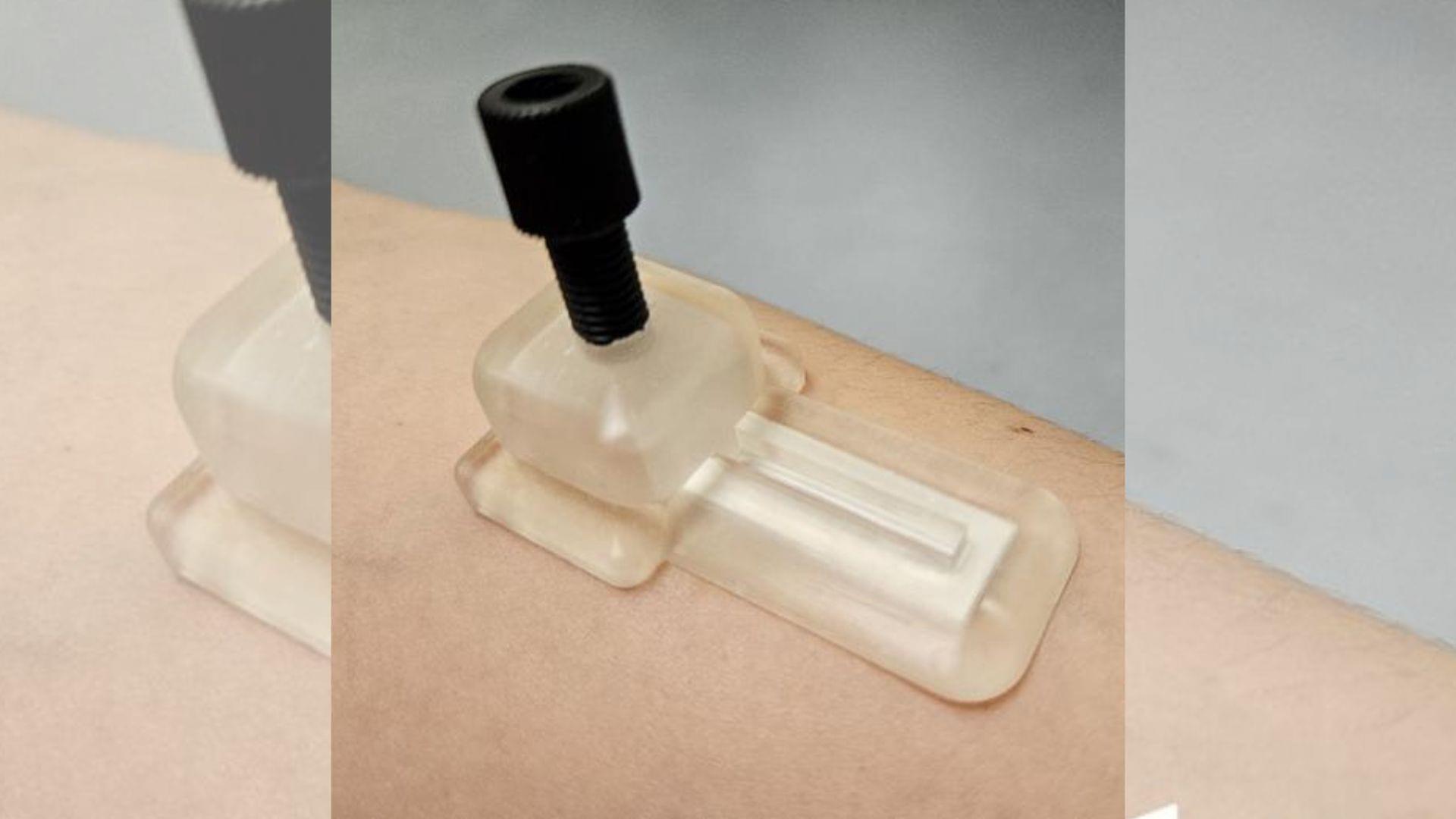At school, it’s often presented as a tidy double helix but scientists are revealing the varied and intricate shapes of DNA molecules.
DNA is a molecule found in just about every living cell. Because the molecule is long, it ends up twisting on itself and getting tangled. Enzymes in the body try to regulate this process but when that fails, normal activity in the cell can be disrupted, which triggers ill health and could be a factor in diseases such as cancer and neurodegeneration.
To find cures for major illnesses, scientists need to understand the complex shape of DNA tangles. Existing lab techniques enable them to plot the shape and structure of DNA tangles, but it is laborious and time-consuming.
